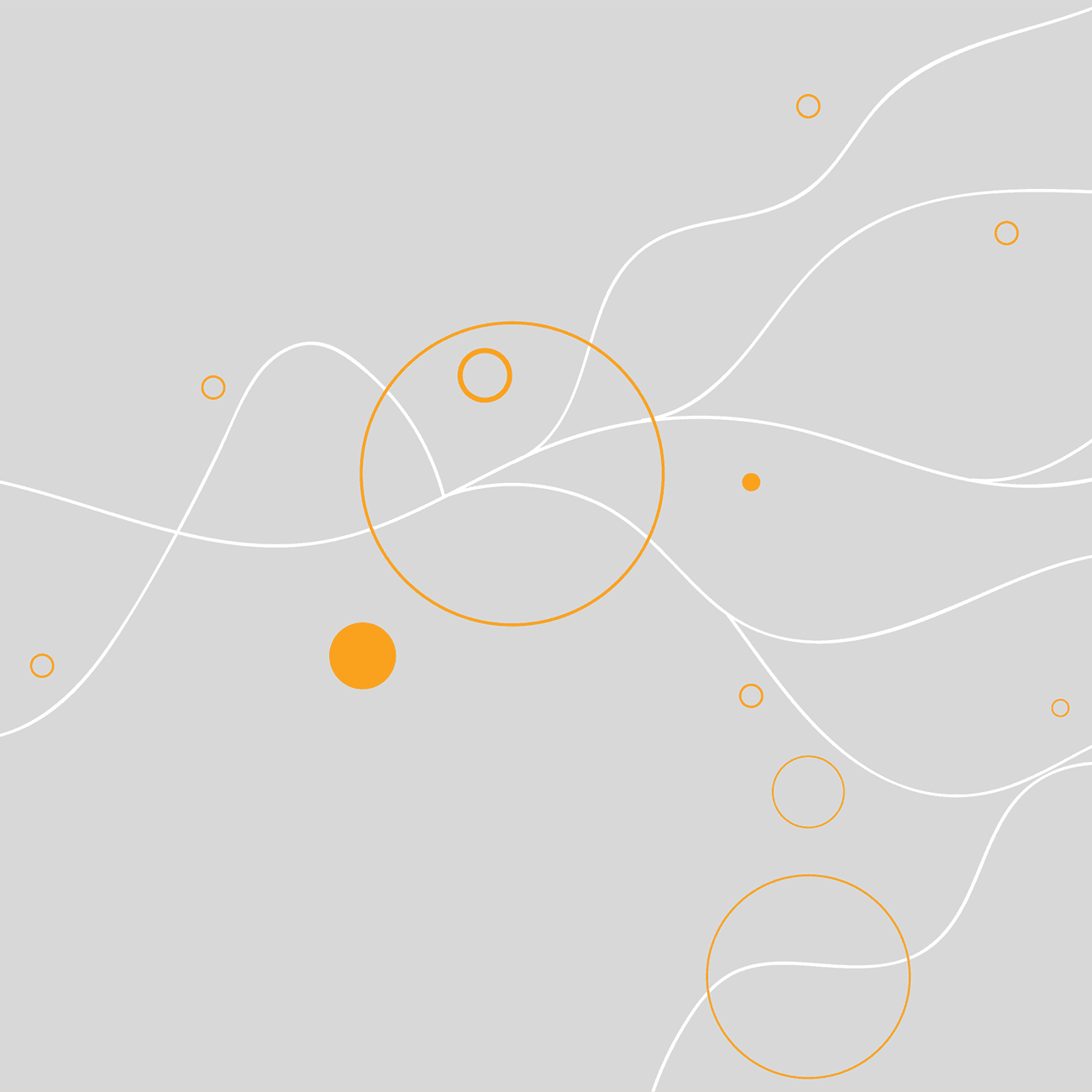Product Design and the fluidity of content
DAte
Jun 6, 2024
Reading Time
7 min
Fluidity of design and consumption
In a rapidly evolving digital landscape, content fluidity has emerged as a defining characteristic of contemporary consumer experience. Content fluidity refers to the seamless and dynamic flow of digital content across various platforms and devices, adapting to the needs and contexts of users. This phenomenon presents both challenges and opportunities for product designers, who must create adaptable, intuitive, and engaging products that resonate with users in an increasingly interconnected and fluid environment.
Understanding content fluidity
Content fluidity is driven by advancements in technology and the proliferation of digital devices. Users now expect to access content effortlessly, whether they are using a smartphone, tablet, laptop, or smart TV. This shift demands that content be flexible and responsive, capable of delivering a consistent experience regardless of the medium. For product designers, this means considering the diverse contexts in which their products will be used and ensuring a coherent and engaging user experience across all touchpoints.
Designing for multi-device experiences
One of the primary challenges in a world of content fluidity is designing products that offer a seamless experience across multiple devices. Users often switch between devices throughout the day, and they expect their interactions with a product to be continuous and uninterrupted. This requires a deep understanding of user behaviour and the ability to design interfaces that adapt to different screen sizes, input methods, and usage scenarios.
Responsive design is a fundamental principle in this context. Products must be designed to automatically adjust their layout and functionality based on the device being used. This involves creating flexible grids, scalable images, and fluid navigation systems that ensure optimal usability on any screen. Additionally, designers must prioritise cross-platform compatibility, ensuring that their products function consistently across different operating systems and browsers.
Embracing adaptive content
Adaptive content is another key aspect of designing for content fluidity. This involves creating content that dynamically adjusts based on user preferences, behaviours, and contextual factors. For example, a news app might present personalised content recommendations based on a user’s reading history, location, and time of day. This level of personalisation enhances user engagement and satisfaction by delivering relevant content when and where it is most needed.
To achieve this, designers must collaborate closely with content strategists and data analysts. Together, they can develop intelligent systems that leverage data to inform content delivery. This not only improves the user experience but also provides valuable insights into user behaviour, helping to refine and optimise the product over time.
The role of interactive design
In a fluid content environment, interaction design plays a crucial role in creating intuitive and engaging user experiences. Designers must focus on crafting interactions that are smooth, responsive, and contextually appropriate. This includes designing intuitive gestures for touchscreens, creating natural voice interactions for smart speakers, and developing seamless transitions between different modes of interaction.
Micro-interactions, the small, often subtle feedback mechanisms within a product, are particularly important. These interactions can provide users with immediate feedback, guide their actions, and enhance the overall usability of the product. For example, a gentle vibration or a visual cue can signal that an action has been completed successfully, making the experience more intuitive and satisfying.
Ensuring accessibility and inclusivity
As content becomes more fluid and ubiquitous, ensuring accessibility and inclusivity is paramount. Product designers must create experiences that are accessible to all users, regardless of their abilities or disabilities. This involves adhering to accessibility standards and guidelines, such as providing alternative text for images, ensuring sufficient contrast for text readability, and designing for keyboard navigation.
Inclusive design goes beyond accessibility by considering the diverse needs and contexts of all users. This means designing products that are culturally sensitive, linguistically diverse, and adaptable to different contexts of use. By prioritising inclusivity, designers can create products that resonate with a broader audience and contribute to a more equitable digital landscape.
Conclusion
Product design must evolve to meet the demands of a dynamic and interconnected digital environment. Designers must embrace principles of responsive design, adaptive content, intuitive interaction, and inclusivity to create products that deliver consistent and engaging user experiences across various devices and contexts. This approach not only enhances user satisfaction but also fosters greater loyalty and long-term engagement with the product. By understanding and anticipating user behaviours, product designers can create fluid experiences that seamlessly transition across different platforms and devices. This involves a holistic approach to design, where every aspect of the user journey is considered and optimised for fluidity and adaptability. In conclusion, content fluidity presents both challenges and opportunities for product designers. Those who can effectively navigate this landscape by embracing responsive design, adaptive content, intuitive interactions, and inclusivity will be well-positioned to create products that meet the evolving needs of users in a highly connected world. As technology continues to advance and user expectations grow, the ability to design for content fluidity will become an increasingly vital skill for product designers, shaping the future of digital experiences.




